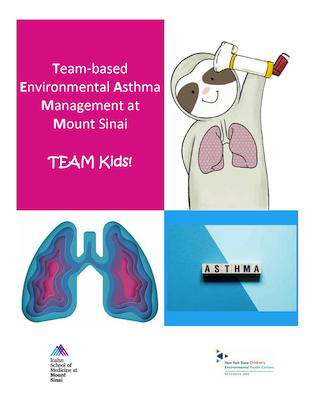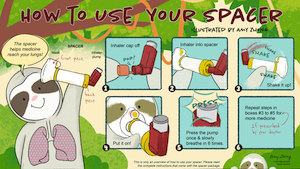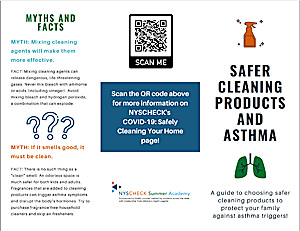Asthma is a common chronic lung disease that can make it hard to breathe. This happens because airways become inflamed or swollen, fill with mucus, and tighten. Asthma symptoms include wheezing, shortness of breath, chest tightness, and coughing (an “asthma attack”).
Your child may not have these symptoms all of the time; however, it’s still important to take the prescribed asthma control medicines to prevent having an attack.
Everyone’s asthma can look different, so you and your health care provider will come up with a personalized asthma action plan for you to follow each day.
There is no cure for asthma; however, you can control your asthma if you take your medicine exactly as your doctor tells you and stay away from things that can trigger an asthma attack.
Partner Resources
Download Asthma Flipbooks in
English (3 mb) and Español (6.5 mb)
How to use your inhaler and spacer correctly.
For kids : How to Use Your Spacer / Español
For teens: How to Use Your Inhaler / Español




